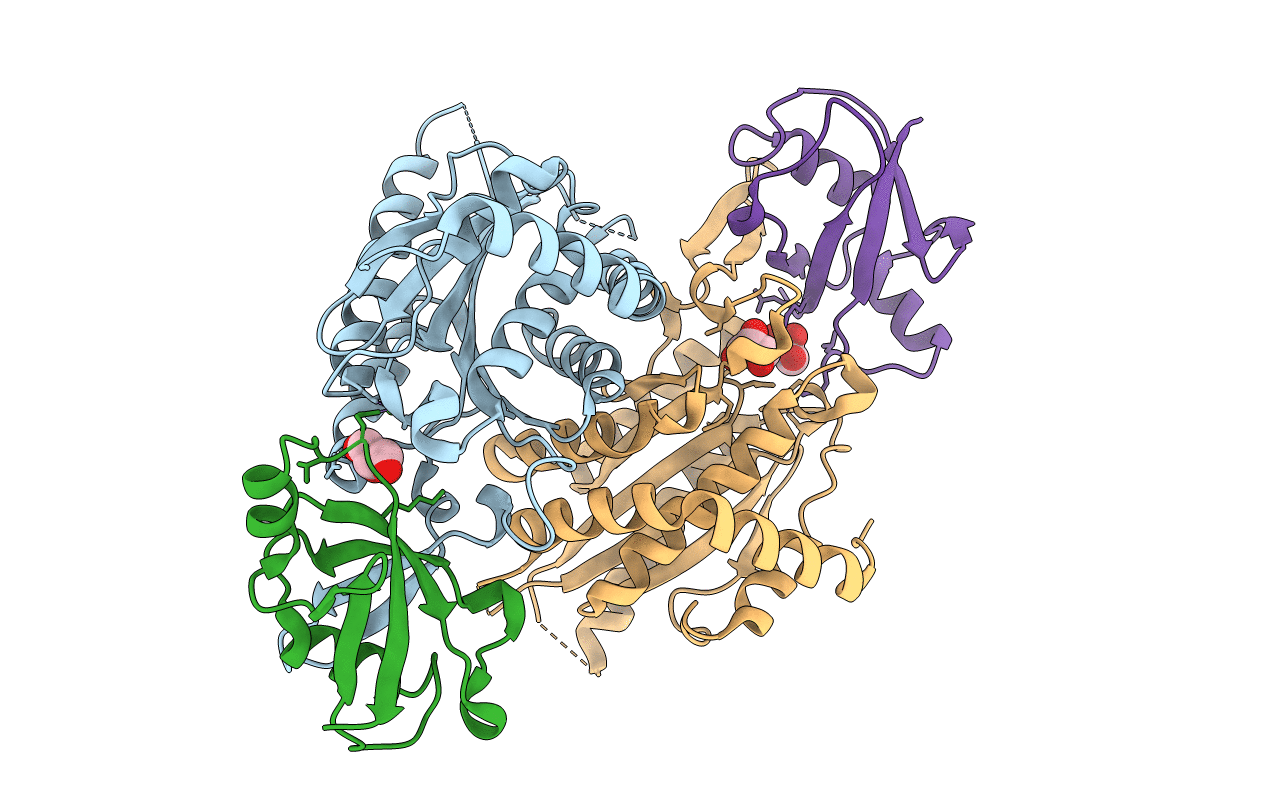
Deposition Date
2019-02-22
Release Date
2019-08-07
Last Version Date
2024-01-24
Entry Detail
PDB ID:
6QTB
Keywords:
Title:
Crystal structure of Rea1-MIDAS/Ytm1-UBL complex from Chaetomium thermophilum
Biological Source:
Source Organism:
Host Organism:
Method Details:
Experimental Method:
Resolution:
1.89 Å
R-Value Free:
0.21
R-Value Work:
0.19
R-Value Observed:
0.19
Space Group:
P 1 21 1


